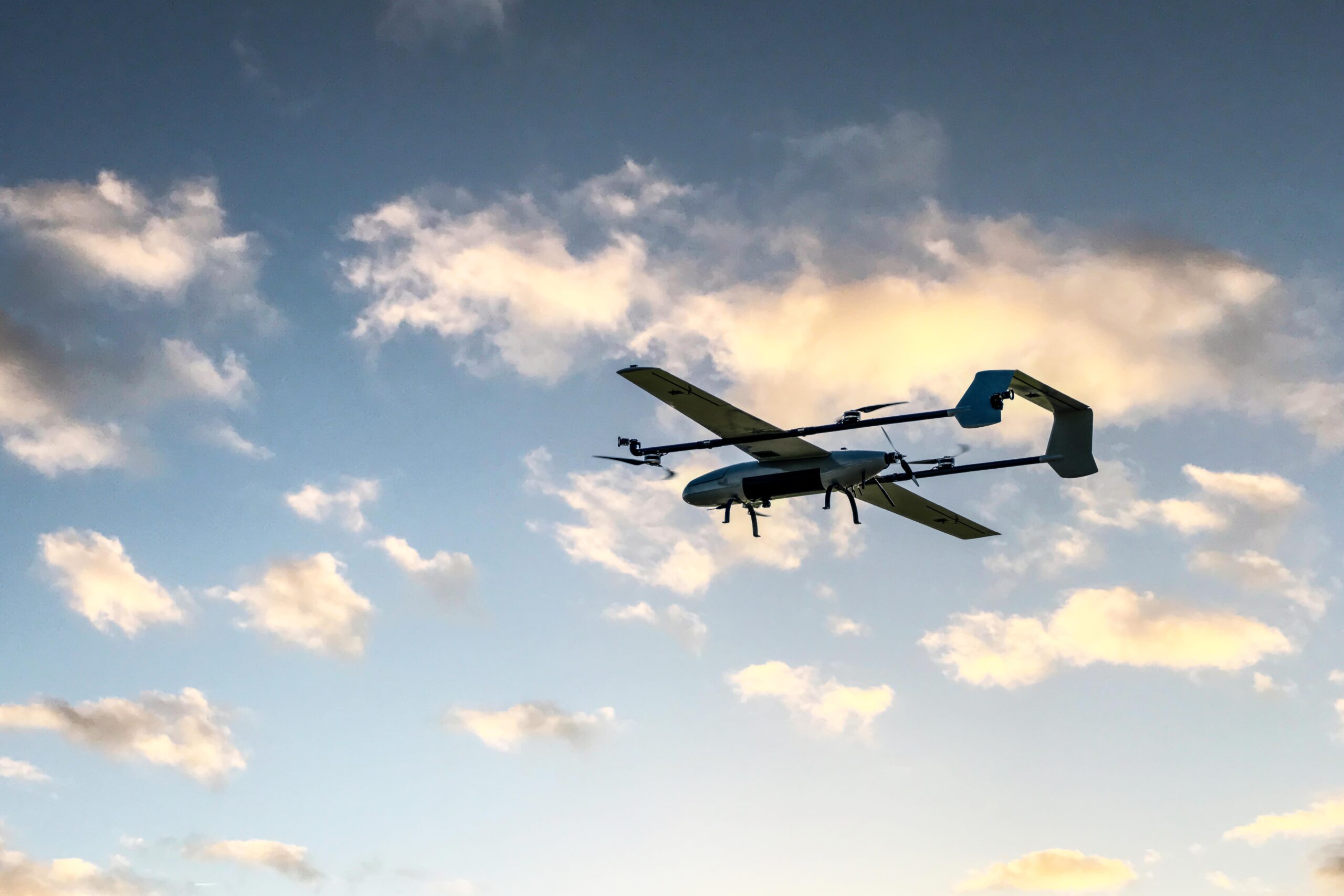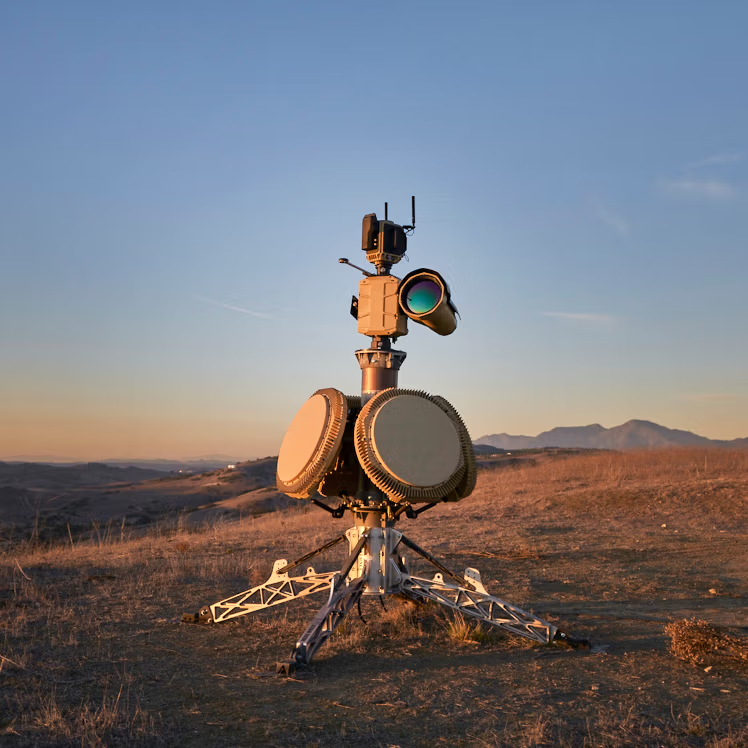BVLOS UNBOUND: TAKING DRONE INSPECTIONS NATIONWIDE
By Richard Thomas
Phoenix Air Unmanned is leading the way in BVLOS (Beyond Visual Line of Sight) drone operations, leveraging its extensive background in manned aviation to secure nationwide FAA approvals for large-scale UAS inspection initiatives in utilities, energy, and transportation.
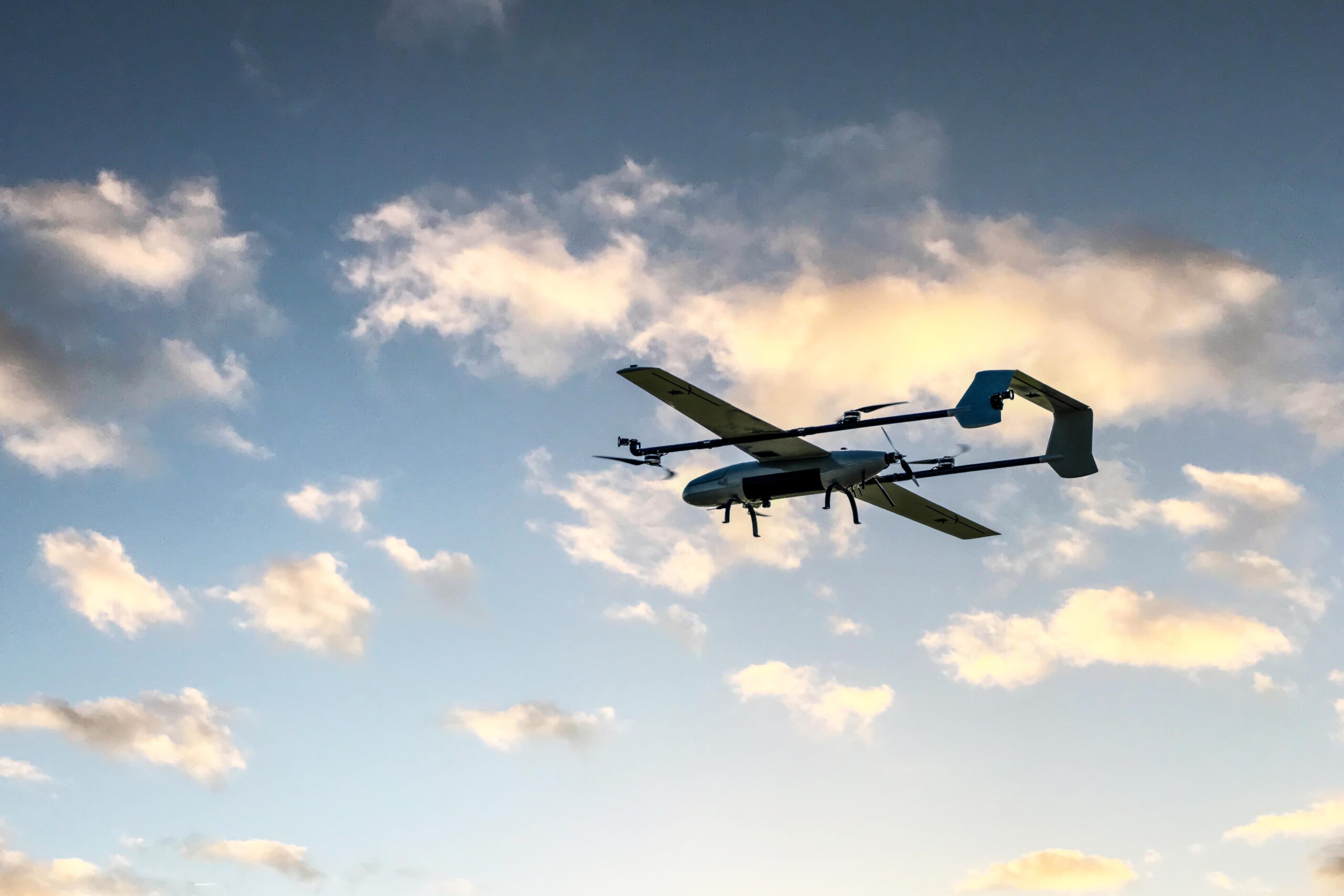
The company has obtained FAA waivers to conduct BVLOS infrastructure inspections throughout the United States. As a sister organization to Phoenix Air Group—a specialized aviation operator boasting over 40 years of expertise—the company’s roots in manned aviation significantly inform its drone operations strategy. James Cieplak, Director of UAS Business Development at Phoenix Air Unmanned, notes, “Our background equips us with vital insights into FAA regulations and safety management systems, which are pivotal for operating remotely piloted aircraft.”
With a decade-long focus on securing BVLOS approvals, Phoenix Air Unmanned has transitioned from Section 333 exemptions to Part 107 waivers, and most recently, by September 2023, became one of the early companies to receive a BVLOS exemption under Part 91. This exemption permits the operation of the SwissDrones SDO 50V2, a 192-pound turbine-powered helicopter, adhering to manned aviation regulations while accommodating specific allowances. Cieplak states, “Our considerable expertise in manned aviation regulations enables us to enforce exceptional safety standards and practices that surpass the typical UAS industry expectations.”

BVLOS Approvals and Critical Infrastructure Focus
Dedicated to critical infrastructure inspections, Phoenix Air Unmanned’s largest contract has been with Xcel Energy, dating back to 2015. Initially, the company’s BVLOS approvals were granted in Xcel’s name; however, many are now under Phoenix Air Unmanned, signifying a shift towards broader BVLOS operational authorizations. According to Cieplak, “Our waivers have evolved from site-specific approvals to nationwide authorizations for all linear infrastructure. Being able to scale our operations across the U.S. is a significant achievement.”
The recent Part 107 waiver allows Phoenix to conduct BVLOS flights over critical infrastructure without geographical or distance limitations, facilitating the inspection of millions of miles of pipelines, power lines, railroads, and waterways. Primarily operating at low altitudes, the company employs infrastructure shielding to mitigate risks to manned aircraft, along with advanced safety technologies like detect-and-avoid systems and airspace awareness tools.
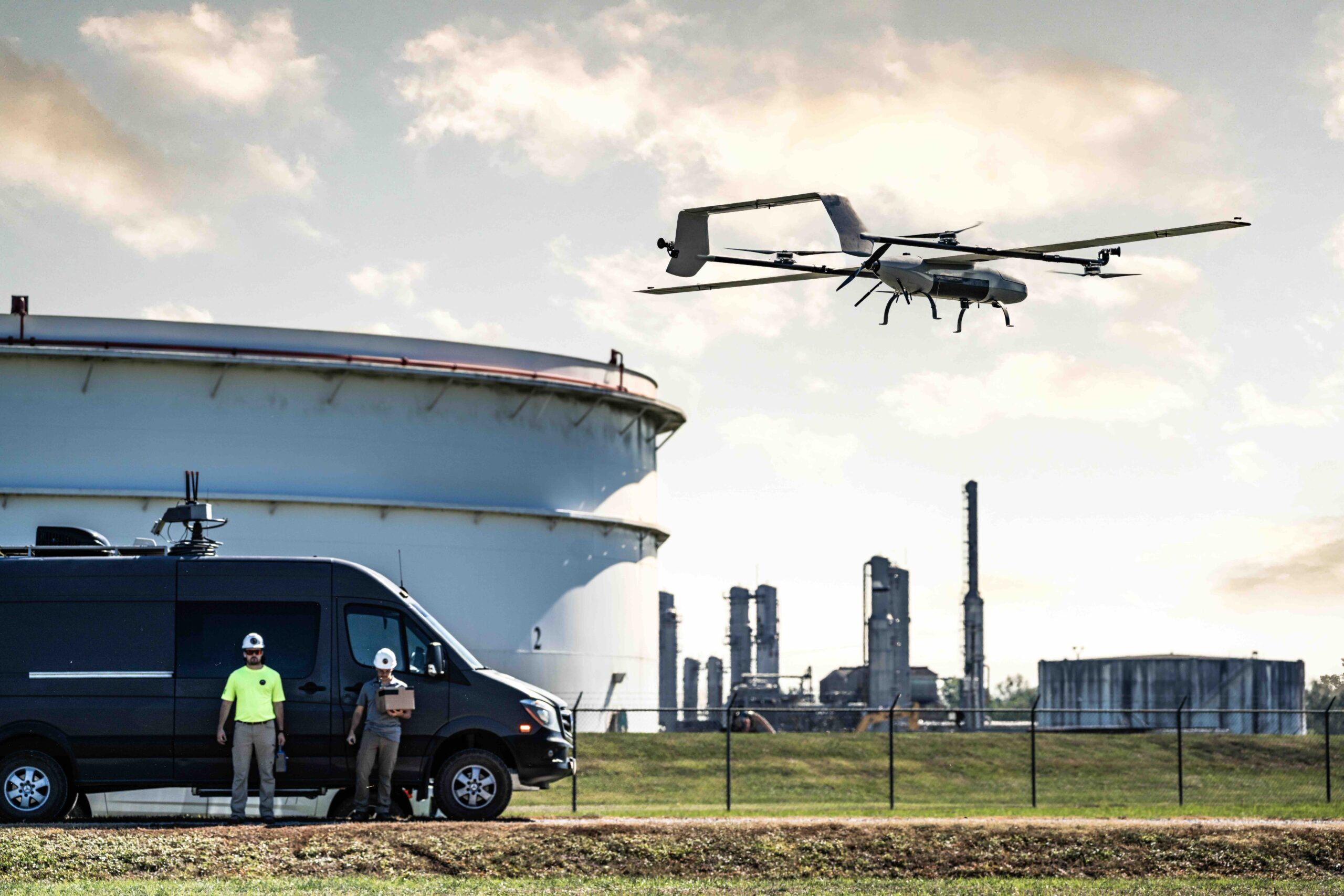
Selecting the Right Aircraft for Infrastructure Inspection
Phoenix Air Unmanned’s fleet features a variety of UAS tailored for diverse projects. Ceiplak explains, “Our mission-driven approach enables us to select the appropriate aircraft and sensor suite according to the data needs. The SwissDrones SDO 50V2 can fly for two hours while carrying over 30 pounds of sensors, allowing for simultaneous deployment of technologies like magnetometers, LiDAR, and optical gas imaging for methane detection.”
For broad area surveys, a grid flight pattern is employed, covering 40 miles of distance per square mile of area. In contrast, smaller UAS would require multiple flights and extended cycles for takeoff and landing, thereby lengthening total flight time. Larger UAS, however, can complete these surveys in one continuous flight, enhancing operational efficiency.
For lengthy BVLOS missions, such as the 320-mile Shell pipeline inspection, Phoenix used a fixed-wing UAS designed for high-speed, low-altitude performance, while rotorcraft are reserved for detailed inspections needing slower, hovering flight.
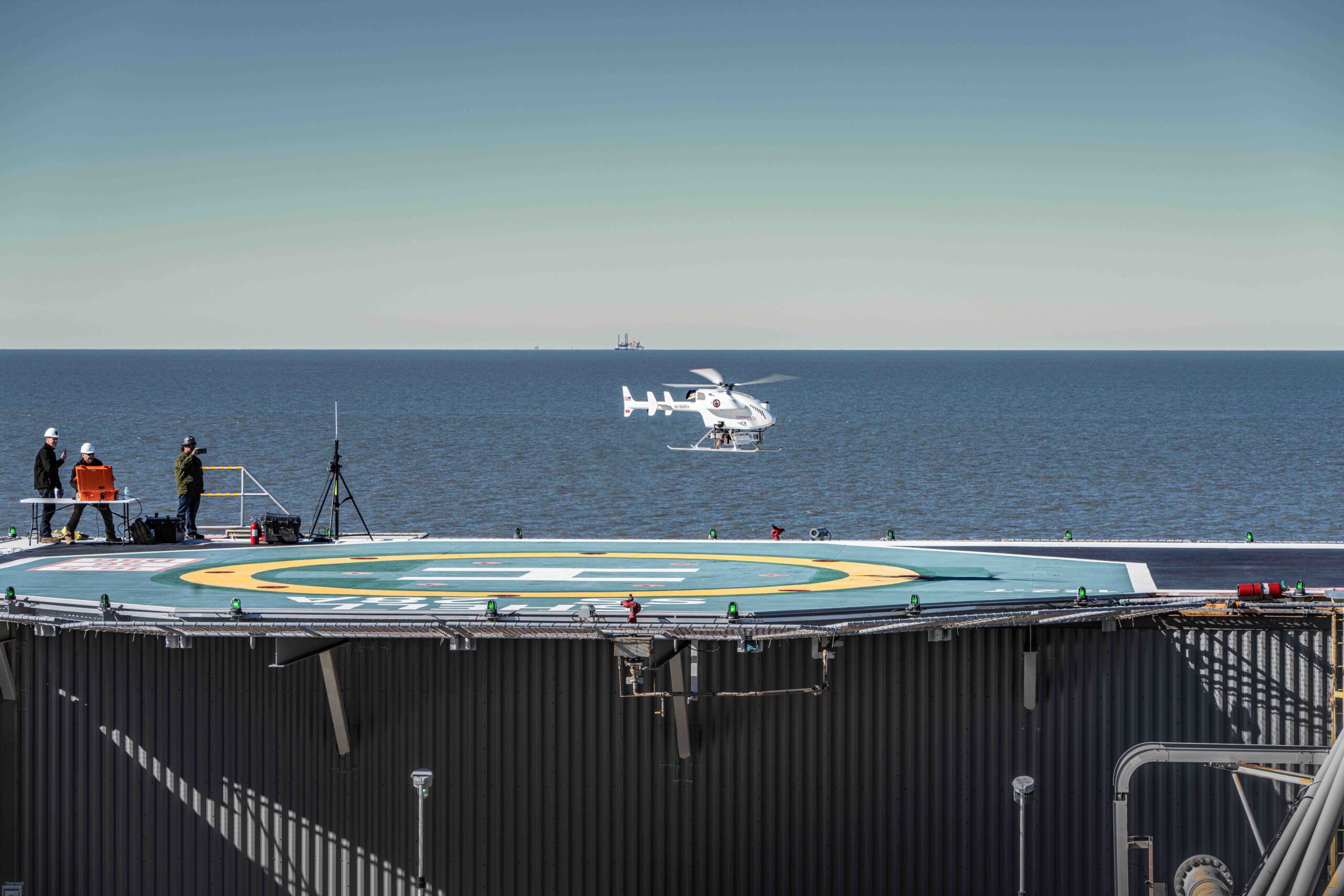
FAA Regulatory Framework and Industry Collaboration
Collaboration with the FAA is integral to Phoenix Air Unmanned’s strategy, notably through data-sharing initiatives that help refine regulations. Cieplak recalls, “Initially, BVLOS approvals required compliance of all UAS radio emitters with FCC regulations—a standard we helped establish due to early challenges with equipment lacking proper authorization.”
The firm’s contributions to the FAA’s BVLOS Aviation Rulemaking Committee (ARC) have been significant, with their infrastructure shielding safety case formalized as an official appendix, likely to play a role in shaping future regulations.
Market Adoption and the Future of UAS Operations
Despite efforts, Cieplak identifies a key challenge: “Many commercial requests for proposals still favor traditional manned aviation and often necessitate manned aircraft certifications, which limits UAS bidding opportunities. Educating prospective clients—particularly in sectors such as oil, gas, and utilities—about the cost benefits of UAS remains essential.”
While UAS operational costs are comparable to manned aircraft when factoring in data collection and analysis, UAS technologies enhance safety significantly by conducting operations without crews in hazardous environments, offering superior data fidelity through multi-sensor payloads, alongside nationwide FAA-approved BVLOS waivers.
Another hurdle is the management of false positives that may prompt unnecessary field inspections due to increased data collection. Striking a balance between data quality and operational efficiency continues to be a priority. With evolving FAA regulations, especially under Part 108, Cieplak anticipates further cost reductions realized through centralized remote piloting, involving fewer on-site personnel per flight.
Cieplak summarizes the market landscape: “The U.S. UAS sector has experienced remarkable growth, manifested through advancements in FAA waivers, technology, and safety measures. The adoption by customers is the remaining challenge. Many potential clients, particularly in utilities and energy, may lack aviation acumen, underscoring the importance of education in our role.”
At Phoenix Air Unmanned, the enterprise prioritizes large-scale clients with existing aviation programs, such as Shell and Southern Company, who adhere to robust safety and compliance measures, enabling seamless operational integration. Cieplak believes complex BVLOS operations will increasingly be outsourced to specialized UAS providers, akin to how traditional aviation contractors support manned flights.











